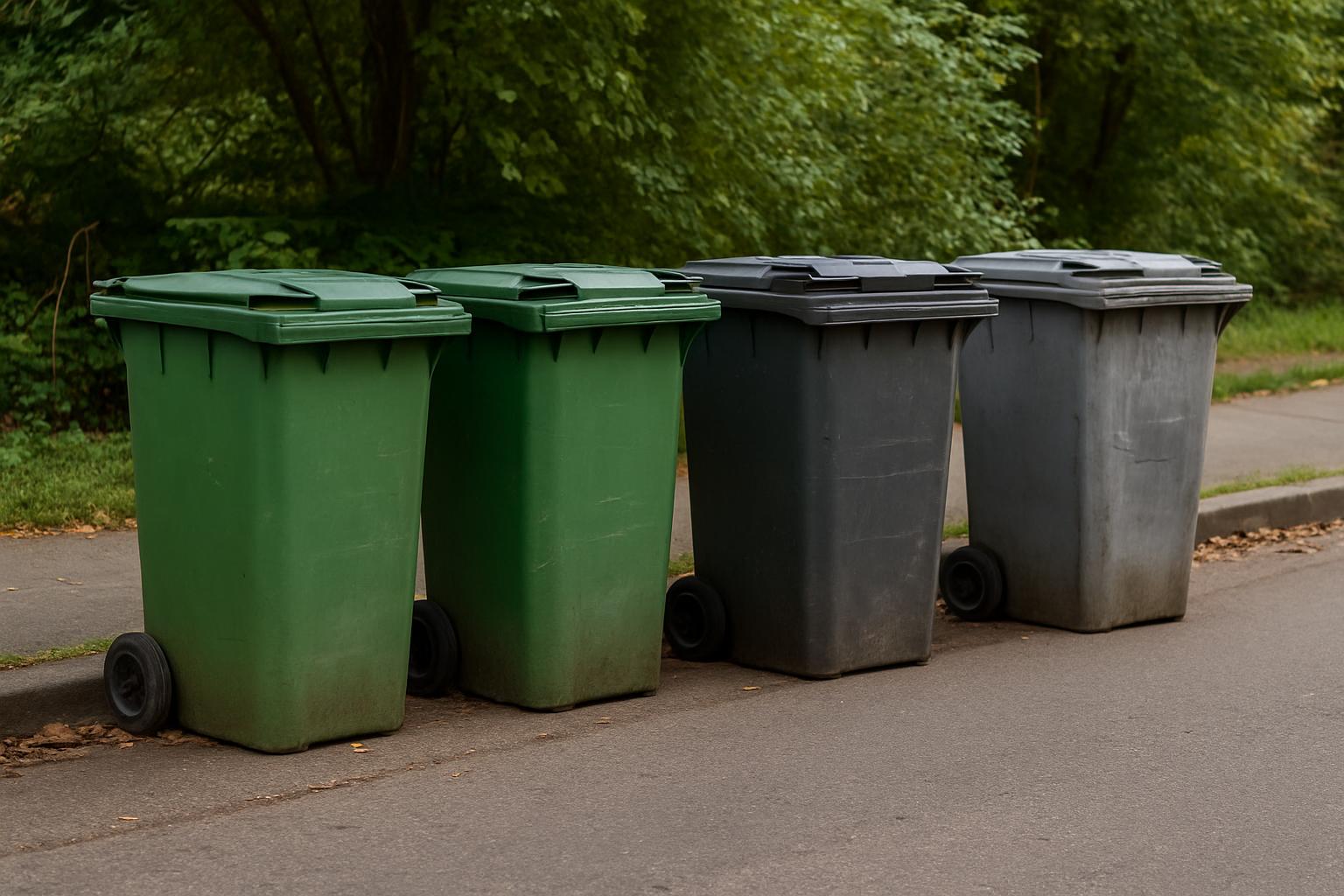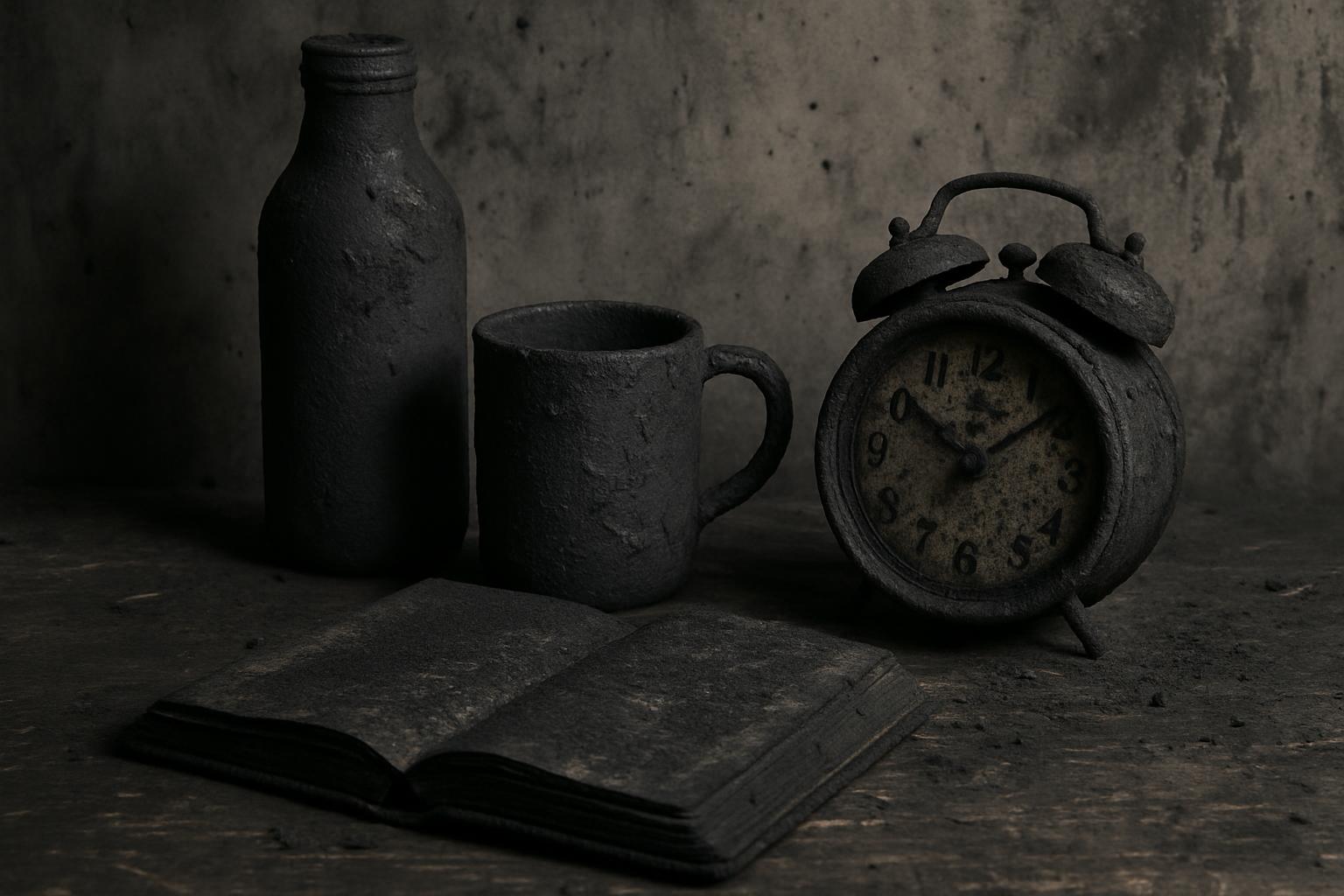Experiencing a fire in your home or business is devastating. Beyond the immediate danger, the aftermath often leaves you with a challenging cleanup process. Fire damage is not just about soot and ash; it involves smoke residues, water damage from firefighting efforts, and structural concerns. Knowing what can be cleaned and what must be discarded can help you recover more efficiently and avoid potential health risks.
What Can Be Cleaned After Fire Damage
- Hard Surfaces
Items made of metal, glass, or plastic typically withstand fire damage well. These can often be cleaned and restored using appropriate methods. For example, metal utensils, glassware, and certain appliances may only need thorough cleaning with specialized products to remove soot and smoke odors. - Furniture
Wooden furniture can sometimes be cleaned if the fire damage is superficial. Light smoke damage can be removed with cleaning agents designed for soot and smoke residues. Upholstered furniture may also be salvageable if the smoke penetration is minimal and there is no charring or melting. - Clothing and Textiles
Clothes and other washable fabrics that have been exposed to smoke but not burned can often be cleaned. Smoke odor removal treatments and washing with special detergents can restore these items. However, fabrics that are heavily charred or melted should be discarded. - Walls and Ceilings
Painted drywall and plaster can often be cleaned using trisodium phosphate (TSP) solutions and repainted after removing soot and smoke residues. However, if the structural integrity is compromised, replacement might be necessary. - Electronics
Fire-damaged electronics should be assessed by professionals. Smoke residues can cause corrosion, but if the device did not sustain heat damage, it might be cleaned and restored.
What Must Be Thrown Away After Fire Damage

- Porous Materials
Items like mattresses, pillows, carpets, and stuffed furniture absorb smoke and soot deeply. These materials are difficult to clean thoroughly and often retain odors and contaminants even after multiple cleaning attempts. - Food and Beverages
All food items exposed to heat, smoke, or firefighting water should be discarded. Smoke can introduce harmful chemicals, and water damage can lead to mold growth, making food unsafe to consume. - Paper Products
Books, documents, and photographs are often irreversibly damaged by fire and smoke. While some documents can be restored with professional treatments, most paper items exposed to fire damage should be discarded. - Plastic Items
Plastic materials that have melted or been exposed to high heat should be discarded. Even if they appear intact, smoke residues and chemical changes can make them unsafe or unreliable. - Insulation and Drywall
Although surfaces can be cleaned, insulation materials behind walls and damaged drywall should be replaced if contaminated by soot or water to prevent mold growth and maintain air quality.
Don’t Forget
After a fire, safety and health should be your top priorities. Smoke and soot contain toxic chemicals that can cause respiratory problems and other health issues. When in doubt, consult with fire damage restoration professionals to assess the condition of your belongings and structure. Proper cleanup and disposal not only help restore your property but also protect you and your family from potential hazards.
Remember, a thorough inspection and professional assistance can save you time, money, and stress during the recovery process. Knowing what to clean and what to throw away is a crucial step toward reclaiming your space after a fire.

